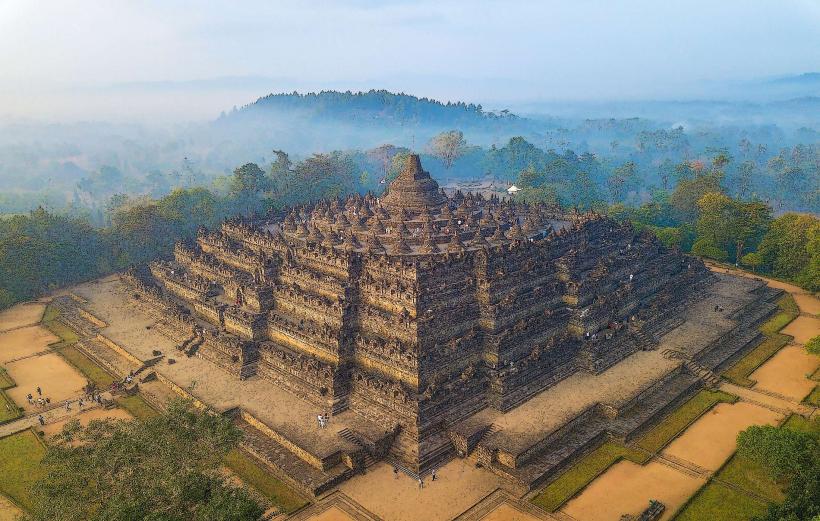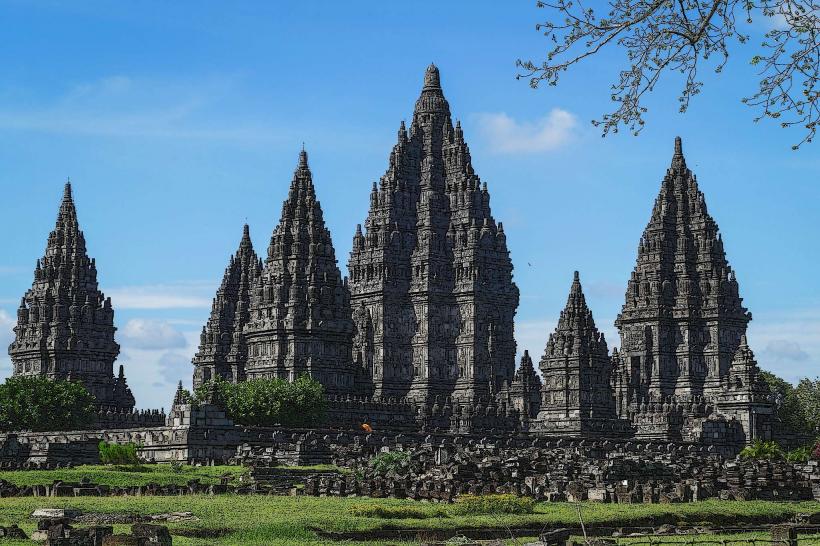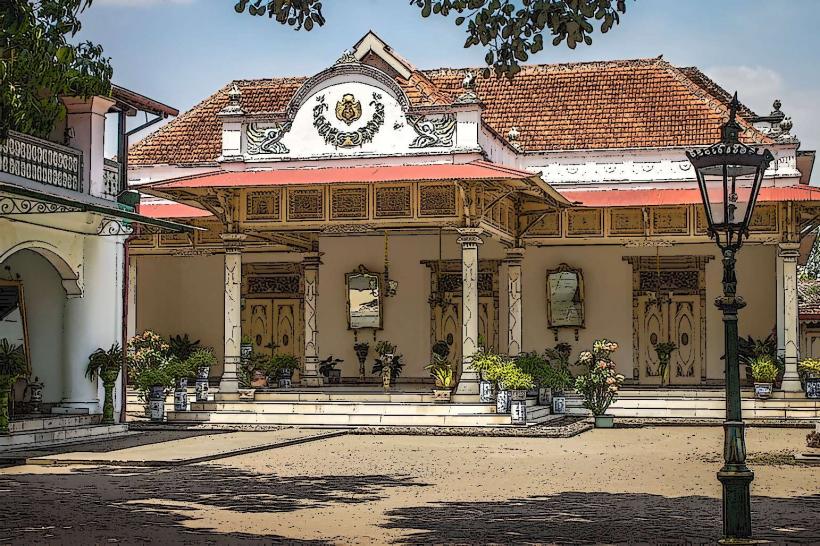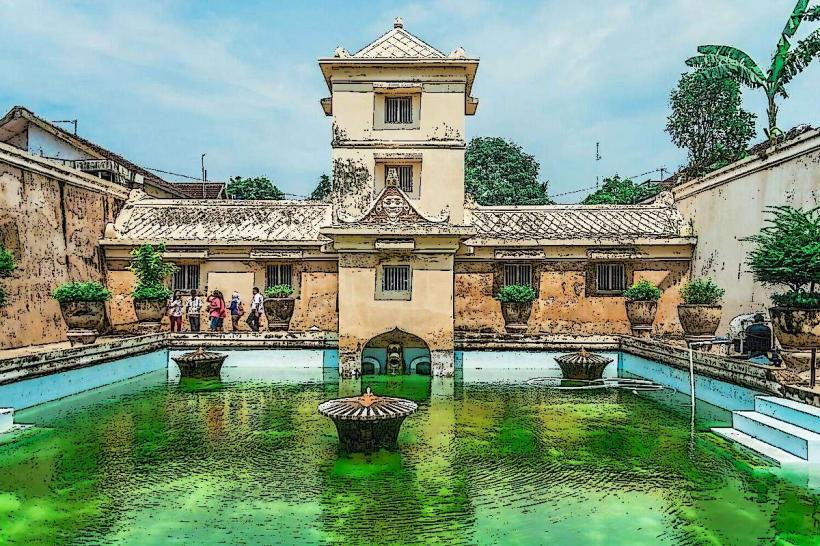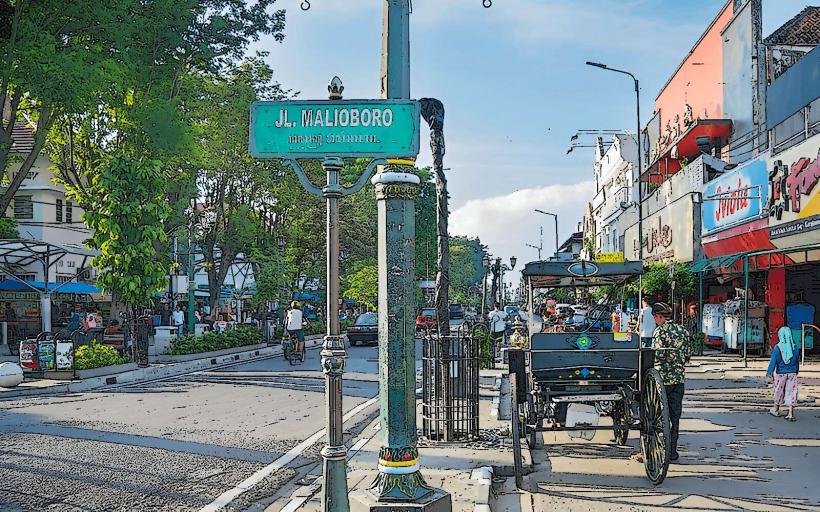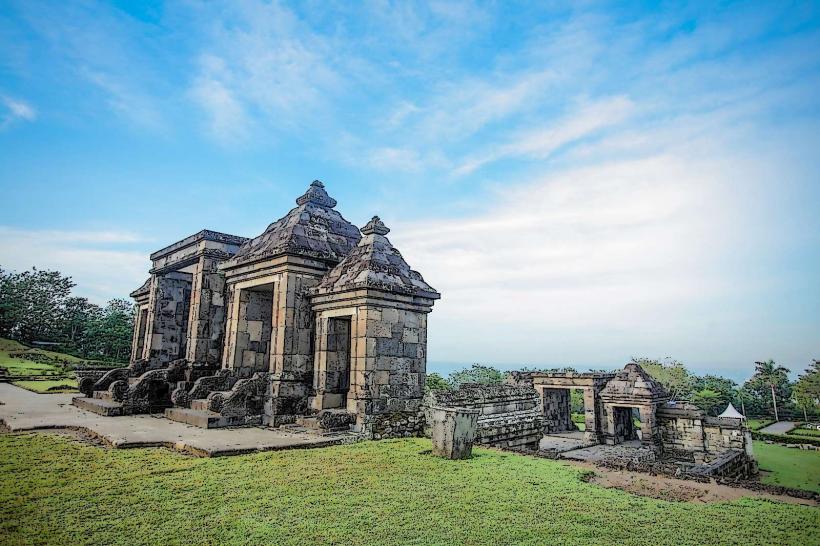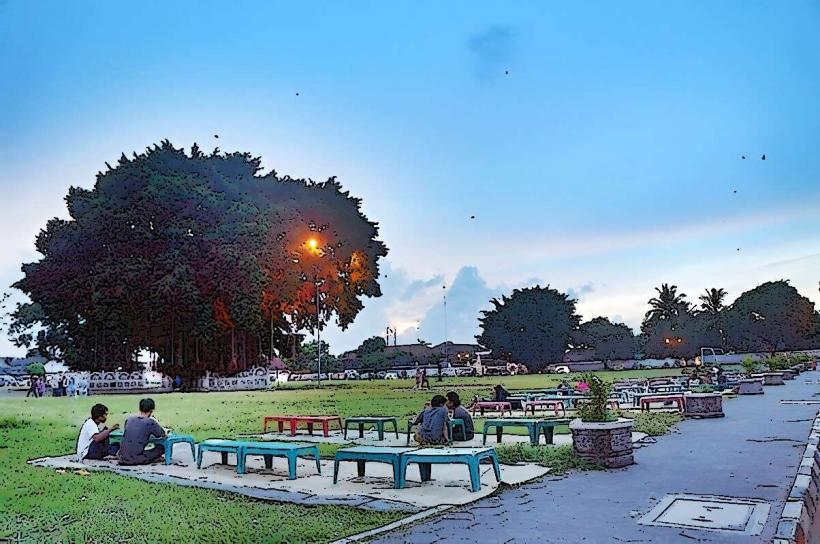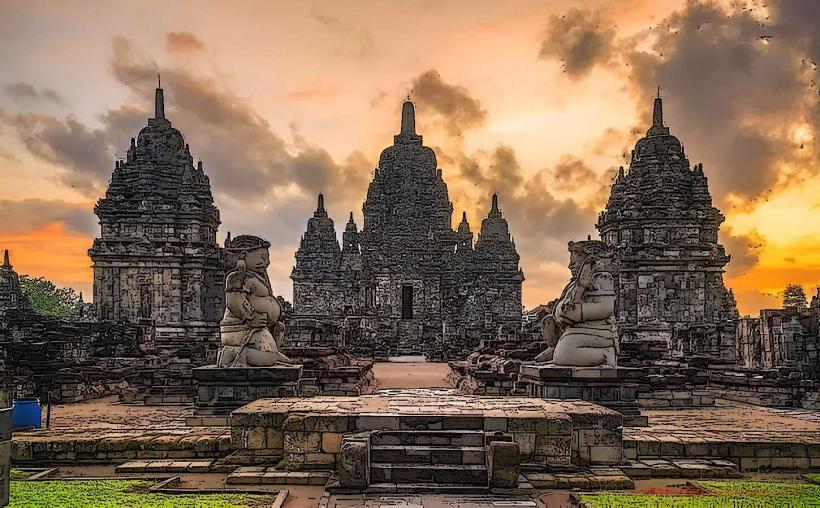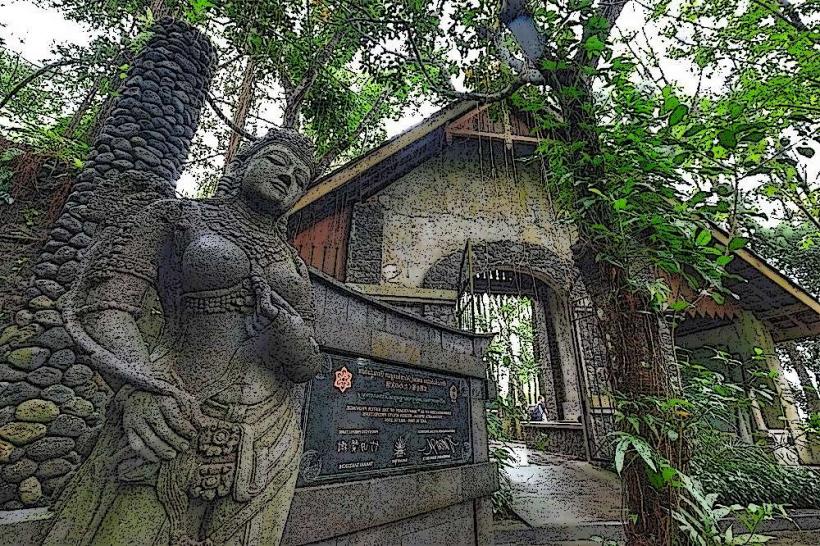Information
Landmark: Mount MerapiCity: Yogyakarta
Country: Indonesia
Continent: Asia
Mount Merapi is one of the most active and iconic volcanoes in Indonesia, located on the border between the provinces of Central Java and Yogyakarta. As the most active volcano in Indonesia, it is renowned for its frequent eruptions and its significance in local culture and history. The volcano’s eruptions have shaped the surrounding landscapes and impacted the lives of nearby communities, while also making it a popular site for both scientific study and tourism.
Overview
- Location: Mount Merapi is situated approximately 30 kilometers north of Yogyakarta and is part of the Sunda Arc, a volcanic belt that is a product of the subduction of the Indo-Australian Plate beneath the Eurasian Plate.
- Elevation: Merapi stands at 2,930 meters (9,610 feet) above sea level, making it the third-highest volcano on the island of Java.
- Type: It is a stratovolcano, characterized by its steep slopes and explosive eruptions, which result from the buildup of magma beneath the surface.
- Eruption History: Mount Merapi has had regular eruptions throughout recorded history, with significant eruptions occurring as recently as 2010, which caused widespread destruction and loss of life.
Geological and Volcanic Activity
Activity and Eruptions:
- Mount Merapi is considered one of the most active volcanoes in the world. It has erupted over 68 times in the past 400 years, with major eruptions in 1930, 1994, and 2010.
- The 2010 eruption was particularly devastating, with pyroclastic flows and ash clouds affecting nearby villages, causing over 350 fatalities and forcing tens of thousands of people to evacuate. The eruption was one of the most significant volcanic disasters in Indonesia's history.
- The volcano regularly produces lava domes, ash plumes, and pyroclastic flows (fast-moving currents of hot gas and volcanic matter), making it highly dangerous for those who live near its slopes.
Monitoring and Research:
- Merapi is constantly monitored by the Indonesian Center for Volcanology and Geological Hazard Mitigation (CVGHM) and various scientific institutions. Monitoring systems measure activity such as seismic tremors, gas emissions, and temperature changes to assess potential eruption risks.
- The region around Mount Merapi has become a focus of volcanology research, attracting scientists and tourists interested in learning more about the processes that drive volcanic activity.
Cultural Significance
- Sacred Mountain:
- Mount Merapi holds deep cultural and spiritual significance for the people living in its shadow. The mountain is considered sacred, and local communities, especially the people of Yogyakarta and Kaliurang, regard it as a dwelling place of the gods.
- In Javanese mythology, the volcano is believed to be the home of the god of fire, Nyi Roro Kidul, and Sri Sultan Hamengkubuwono, the ruler of the Yogyakarta Sultanate, is thought to have a special relationship with the mountain.
- Sacred Rituals and Offerings:
- Local people have a long history of performing rituals and offerings to appease the mountain and seek protection from its eruptions. The most famous ritual is the “Labuhan” ceremony, in which offerings such as rice, flowers, and livestock are presented to the volcano to maintain harmony between the people and the mountain.
- These offerings are meant to ensure that the mountain does not erupt with disastrous consequences and are an important part of the community’s relationship with Merapi.
Tourism and Activities
Merapi Volcano Tours:
- Mount Merapi is a popular destination for tourists, especially those interested in hiking, photography, and nature exploration. Various tour operators in Yogyakarta offer guided tours to the mountain's slopes and surrounding areas.
- One of the most popular activities is the Merapi Jeep Tour, where visitors ride off-road vehicles up to the volcano’s slopes. This allows tourists to witness the breathtaking views of the surrounding landscape and explore areas affected by past eruptions, such as the Bunker Kaliadem, a shelter built to protect residents during volcanic activity.
Hiking and Trekking:
- Hiking Mount Merapi is a challenging yet rewarding experience. There are several hiking routes that lead to the summit, offering spectacular views of the surrounding jungles, villages, and the city of Yogyakarta in the distance. The trek to the summit is typically an overnight journey, with most hikers reaching the peak by sunrise.
- The hike is demanding, and visitors are advised to go with a licensed guide due to the steep slopes, volcanic terrain, and the risk of sudden eruptions or other hazards.
Kaliurang:
- Kaliurang is a popular tourist area located on the northern slopes of Mount Merapi. The town offers resorts, hotels, and restaurants with panoramic views of the volcano. It also has a volcano observation post that allows visitors to watch the mountain and monitor any signs of volcanic activity.
- The Kaliurang area is often a refreshing escape from the heat of Yogyakarta, with its cool climate and scenic views.
Merapi Museum:
- The Merapi Volcano Museum in Kaliurang provides visitors with educational insights into the volcano’s history, its eruptions, and its geological features. The museum offers interactive exhibits, maps, and displays about the science of volcanology and the impact of eruptions on the surrounding communities.
Environmental Impact and Conservation
Ecological Significance:
- The slopes of Mount Merapi are covered with rich biodiversity, including tropical forests, wildlife, and agricultural land. The fertile volcanic soil provides ideal conditions for growing crops, and local farmers cultivate cabbages, carrots, and tomatoes in the region.
- Despite the risks posed by the volcano, the fertile land is highly productive and supports both agriculture and forestry. The forests surrounding the mountain are home to a variety of wildlife, including monkeys, deer, and various species of birds.
Environmental Challenges:
- The eruptions of Mount Merapi have often resulted in environmental damage, including lava flows, mudslides, and ash fallout. These eruptions also disrupt local ecosystems and agriculture.
- In addition to the immediate effects of eruptions, Merapi’s frequent activity has caused damage to nearby villages, infrastructure, and the environment. The government and local communities have implemented measures to address these challenges, such as disaster management plans, evacuation procedures, and reforestation efforts in areas affected by lava flows.
Practical Information for Visitors
When to Visit:
- The best time to visit Mount Merapi is during the dry season (May to October), as the weather is more favorable for hiking and tours. However, visitors should always check the volcanic activity status before planning a trip to the region.
Safety and Precautions:
- Due to the high risk of volcanic eruptions, visitors must adhere to safety guidelines, especially in designated danger zones. It’s essential to visit with a licensed guide when hiking and participating in activities around the volcano.
- Make sure to follow instructions from local authorities regarding the volcanic activity and evacuation procedures if necessary.
Getting There:
- Yogyakarta is the closest major city to Mount Merapi, and it is easily accessible by car, bus, or train. From Yogyakarta, it takes about 1-2 hours to reach the volcano, depending on the route and the area you wish to visit.
Conclusion
Mount Merapi is a majestic and powerful natural feature that dominates the landscape of Central Java and Yogyakarta. Its frequent eruptions, cultural significance, and natural beauty make it an intriguing and important site in Indonesia. Whether you are a hiker, a scientific researcher, or a cultural enthusiast, Mount Merapi offers a unique opportunity to experience the force of nature and the resilience of local communities.

